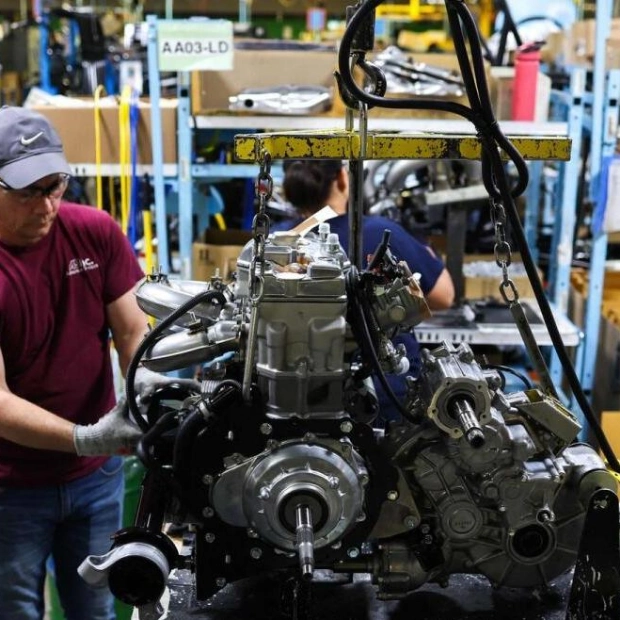Pins supporting Democratic presidential nominee Kamala Harris are being sold outside a campaign rally at The Alan Horwitz 'Sixth Man' Centre in Philadelphia, Pennsylvania. – Reuters
When political outsider Donald Trump defied polls and expectations to defeat Hillary Clinton in the 2016 US presidential election, he described the victory as 'beautiful.' However, not everyone shared this view, especially considering that Clinton had received nearly three million more votes nationally than her Republican rival. Non-Americans were particularly puzzled that the candidate with the second-highest vote count would be declared president. Trump, however, had met the requirements of the US system: winning enough individual states, often by narrow margins, to surpass the 270 Electoral College votes necessary to secure the White House.
Now, as the 2024 election showdown between Trump and Democrat Kamala Harris looms, the rules of this enigmatic and, to some, outdated system are coming back into focus. The 538 members of the US Electoral College convene in their respective state capitals after the quadrennial presidential election to designate the winner. A presidential candidate must secure an absolute majority of the 'electors'—or 270 out of 538—to win. This system, established by the US Constitution in 1787, governs indirect, single-round presidential elections. The Founding Fathers designed it as a compromise between direct presidential elections with universal suffrage and an election by members of Congress, which they deemed insufficiently democratic.
Given that many states consistently lean Republican or Democratic, presidential candidates concentrate heavily on the handful of 'swing' states that will likely determine the election, often neglecting large states like left-leaning California and right-leaning Texas. Over the years, numerous amendments have been proposed to Congress in an effort to modify or abolish the Electoral College, but none have succeeded. Trump's 2016 victory reignited the debate, and if the 2024 race is as close as most polls predict, the Electoral College will undoubtedly return to the spotlight.
Most electors are local elected officials or party leaders, but their names do not appear on ballots. Each state has as many electors as it has members in the US House of Representatives (a number based on the state's population) plus the Senate (two in every state, regardless of size). For example, California has 54 electors, Texas has 40, and sparsely populated states like Alaska, Delaware, Vermont, and Wyoming have only three each. Washington, D.C., also gets three electors, despite having no voting members in Congress. The Constitution leaves it to states to decide how their electors' votes should be cast. In all but two states (Nebraska and Maine, which allocate some electors by congressional district), the candidate winning the most votes theoretically wins all that state's electors.
In November 2016, Trump won 306 electoral votes, well above the 270 needed. The unusual situation of losing the popular vote but winning the presidency was not unprecedented. Five presidents have ascended to office this way, starting with John Quincy Adams in 1824. More recently, the 2000 election saw an epic Florida standoff between Republican George W. Bush and Democrat Al Gore. Gore won nearly 500,000 more votes nationwide, but when Florida—ultimately following a US Supreme Court intervention—was awarded to Bush, it pushed his Electoral College total to 271, securing a narrow victory.
The Constitution does not mandate how electors should vote. If some states required them to respect the popular vote and they failed to do so, they were subject to a simple fine. However, in July 2020, the Supreme Court ruled that states could impose penalties on such 'faithless electors.' To date, faithless electors have never determined a US election outcome. Electors will gather in their state capitals on December 17 and cast votes for president and vice president. US law stipulates that they 'meet and cast their vote on the first Tuesday after the second Wednesday in December.'
On January 6, 2025, Congress will convene to certify the winner—an event closely watched this cycle, four years after a mob of Trump supporters attacked the US Capitol in an attempt to block certification. However, there is a difference. Last time, it was Republican Vice President Mike Pence, as president of the Senate, who was responsible for overseeing the certification. Despite heavy pressure from Trump and the mob, he certified Biden's victory. This time, the president of the Senate—overseeing what would normally be a routine certification—will be none other than the current vice president: Kamala Harris.
On January 20, the new president will be sworn in.
Source link: https://www.khaleejtimes.com






